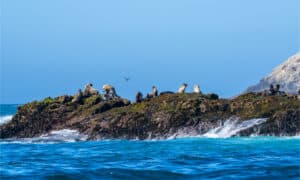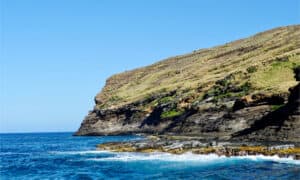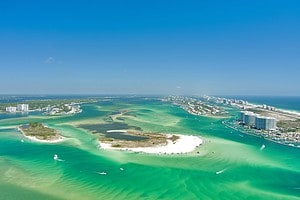It’s estimated that over 47 percent of the U.S. is uninhabited. This equals roughly 1.8 million square miles throughout the U.S. where no one lives. It’s thought that, as climate change continues to grow, more and more of the United States, starting with the harsh desert regions, will grow uninhabitable. Despite the total percentage of land without any human living on it, there are actually not that many U.S. counties that are completely uninhabited.
While there are no counties within the 50 states that have a population of zero, there are some counties and county-equivalents in U.S. territories that have no people living in them. These places are usually islands.
That’s not to say that no people are on the islands. Some serve as military bases, and some have temporary populations. However, these nine areas listed below do not have any permanent people living on them based on the U.S. census.
1. Rose Atoll, American Samoa
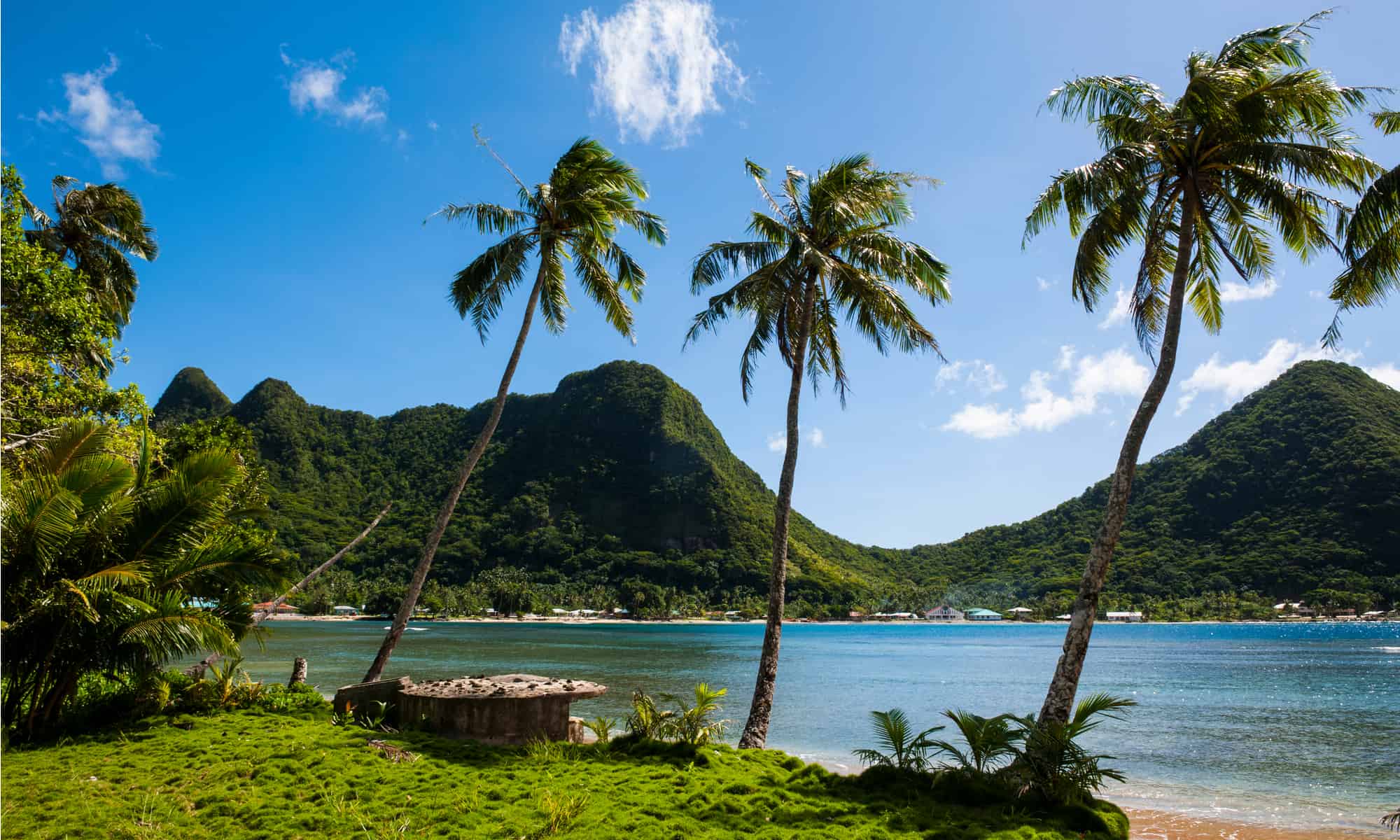
The traditional name for Rose Atoll is Motu O Manu, which means “Bird Island”.
©Danita Delimont/Shutterstock.com
Rose Atoll is almost perfectly square. It’s also the smallest atoll in the geographical Samoan Islands, only measuring 1.62 by 1.68 miles. At high tide, the island only measures 12 acres in total. However, the total area of the atoll is 1,560 acres.
Like almost every place on this list, Rose Atoll is a National Wildlife Refuge. It is home to the largest populations of giant clams, reef fish, and nesting seabirds in the entirety of the American Samoa. There’s also a high concentration of carnivorous fish.
2. Northern Islands Municipality, Northern Mariana Islands
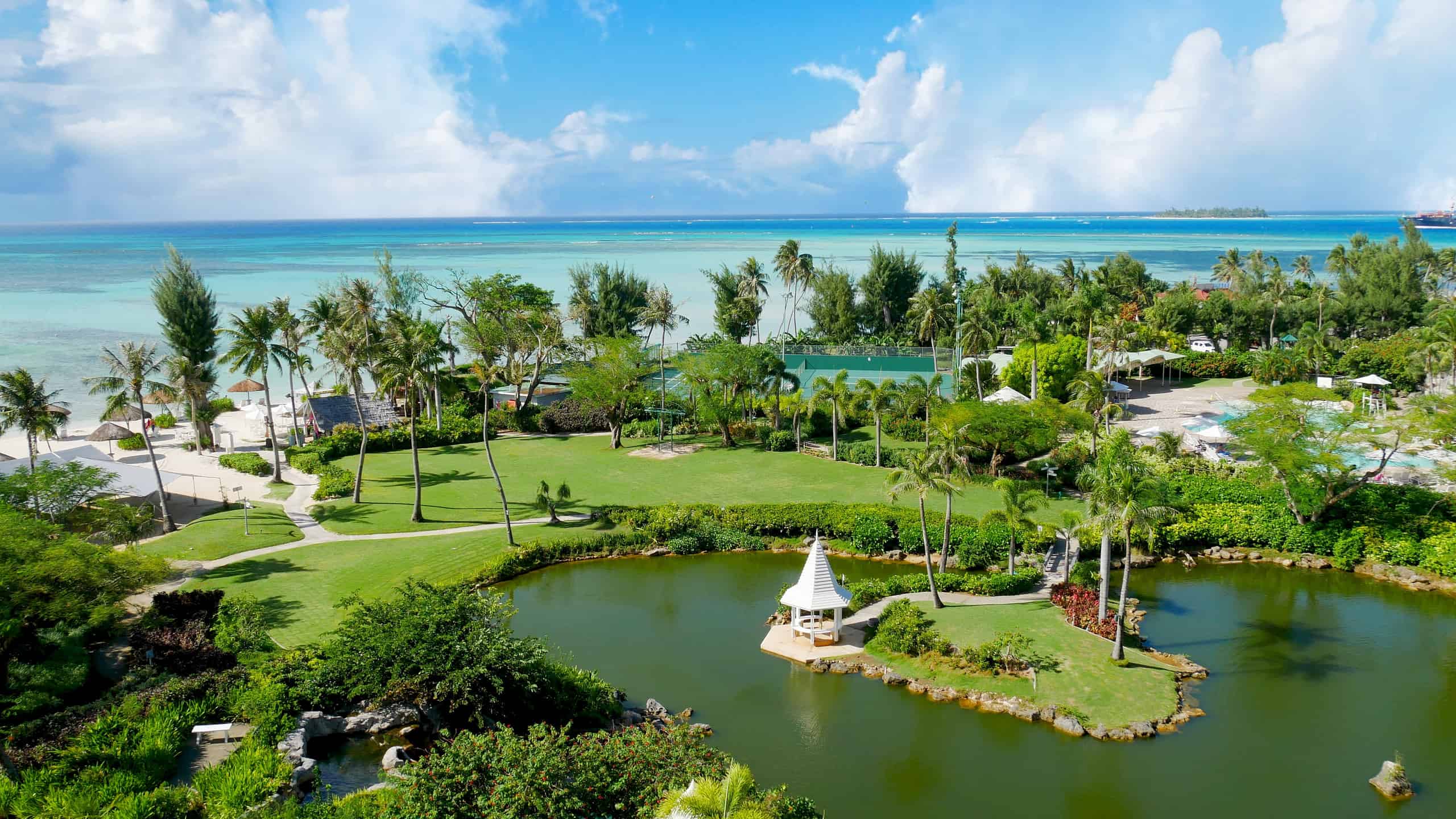
The island pictured above is one of the Northern Mariana Islands.
©iStock.com/raksybH
These islands aren’t completely uninhabited. There are homes and sometimes people on the island. However, as of 2010, there are no people officially on the island. Instead, the homes are often used as secondary or seasonal homes.
Since the islands are small and so remote, many people have to live in other places at various times of the year to get an education or for work. Some of the islands, namely Anatahan and Pagan, were once more permanently inhabited but faced evacuations due to volcanic activities.
3. Navassa Island, U.S. Minor Outlying Islands
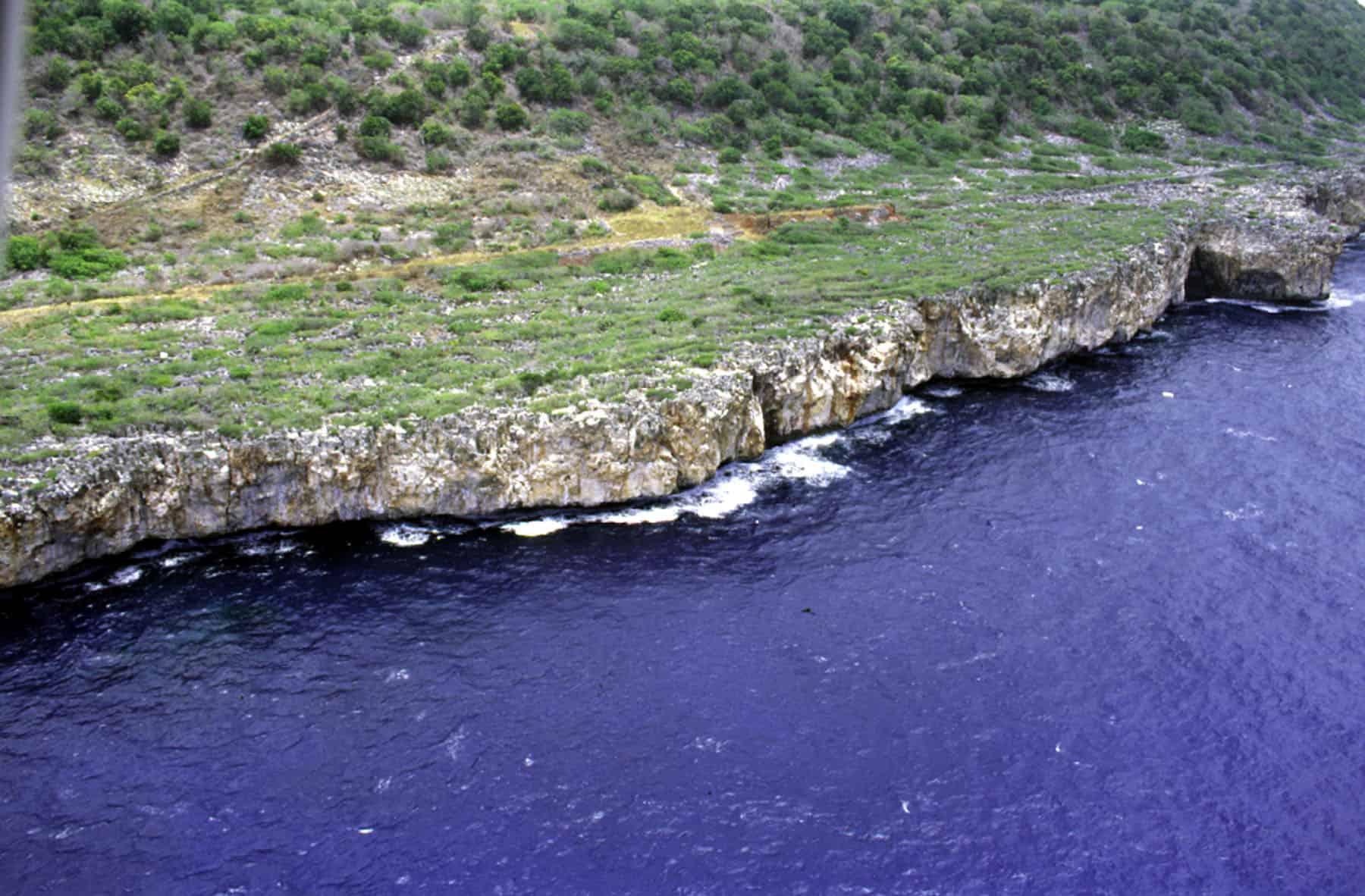
This island is in the Caribbean Sea, and as such faces a lot of territorial disputes.
©USGS - http://coastal.er.usgs.gov/navassa/ Public Domain - Original / License
The U.S. technically owns Navassa Island. While this is one of the counties that are completely uninhabited, it’s not willingly. There is an ongoing dispute between the U.S. and Haiti over the proper ownership of the island.
Haiti has held claim over Navassa since 1697 when the French and not the Spanish, controlled the islands. However, the island was not specifically listed. There was a section of the treaty that mentioned other nearby islands, but the U.S. claimed that Navassa wasn’t considered part of Haiti’s territory.
The U.S. has laid claim to Navassa since 1857. It’s currently run by the U.S. Fish and Wildlife Service.
4. Kingman Reef, U.S. Minor Outlying Islands
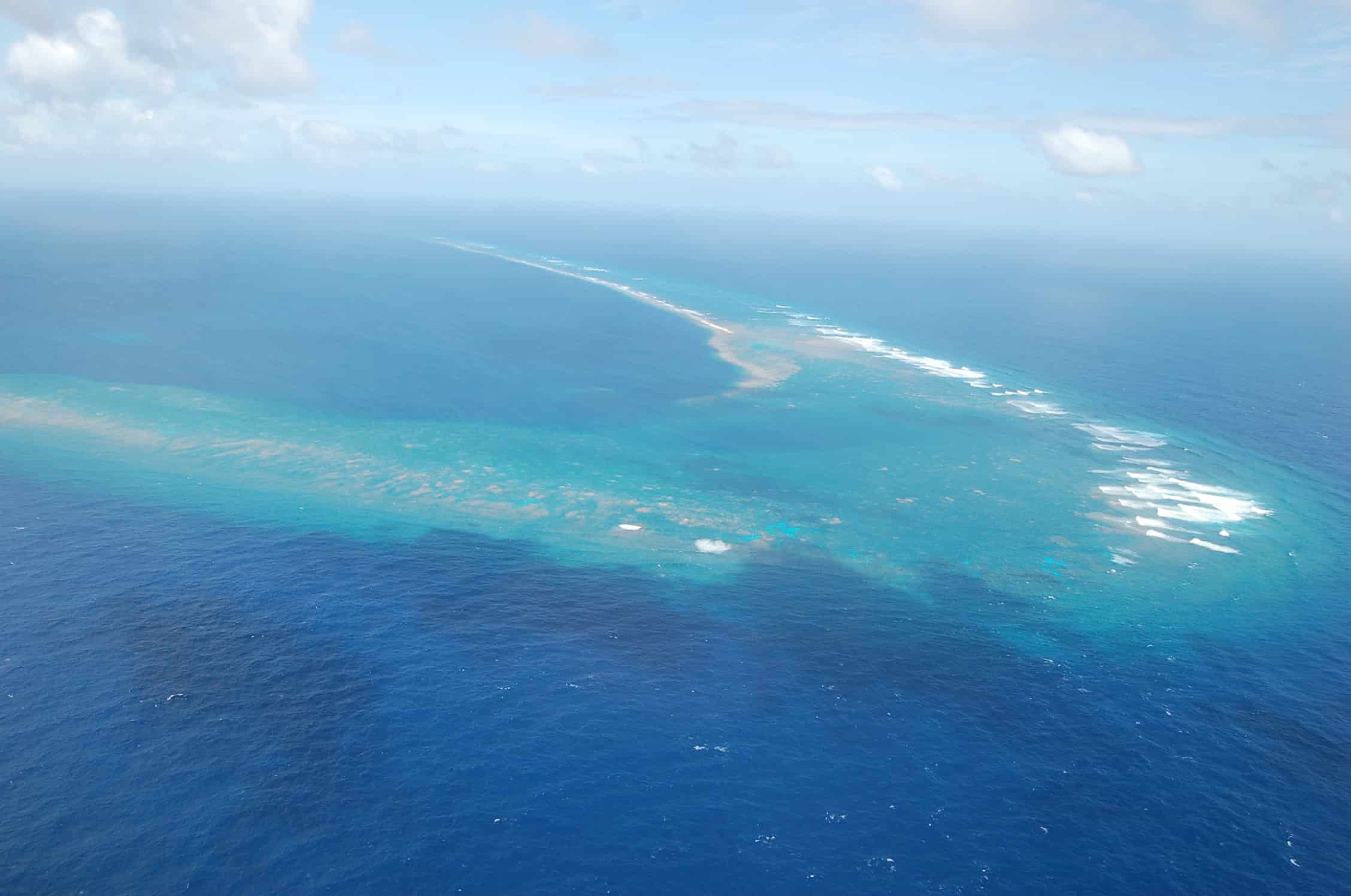
This reef is an atoll that is shaped somewhat like a triangle.
©USFWS - Pacific Region - Kingman Reef NWR. Photo credit: Susan White / Public Domain - Original / License
Kingman Reef is roughly halfway between Hawaii and the American Samoa. The amount of land above the water is basically non-existent, measuring 0.012 square miles in total. Originally, the U.S. marked it as nothing more than a maritime hazard, even going so far as to call it Hazard Rocks. There are reports of a boat hitting it once in 1876.
However, now, in the 21st century, the U.S. Fish and Wildlife Service knows that the island is home to a vast amount of animal and plant life. There are hundreds of species of coral and fish in the area.
5. Johnston Atoll, U.S. Minor Outlying Islands
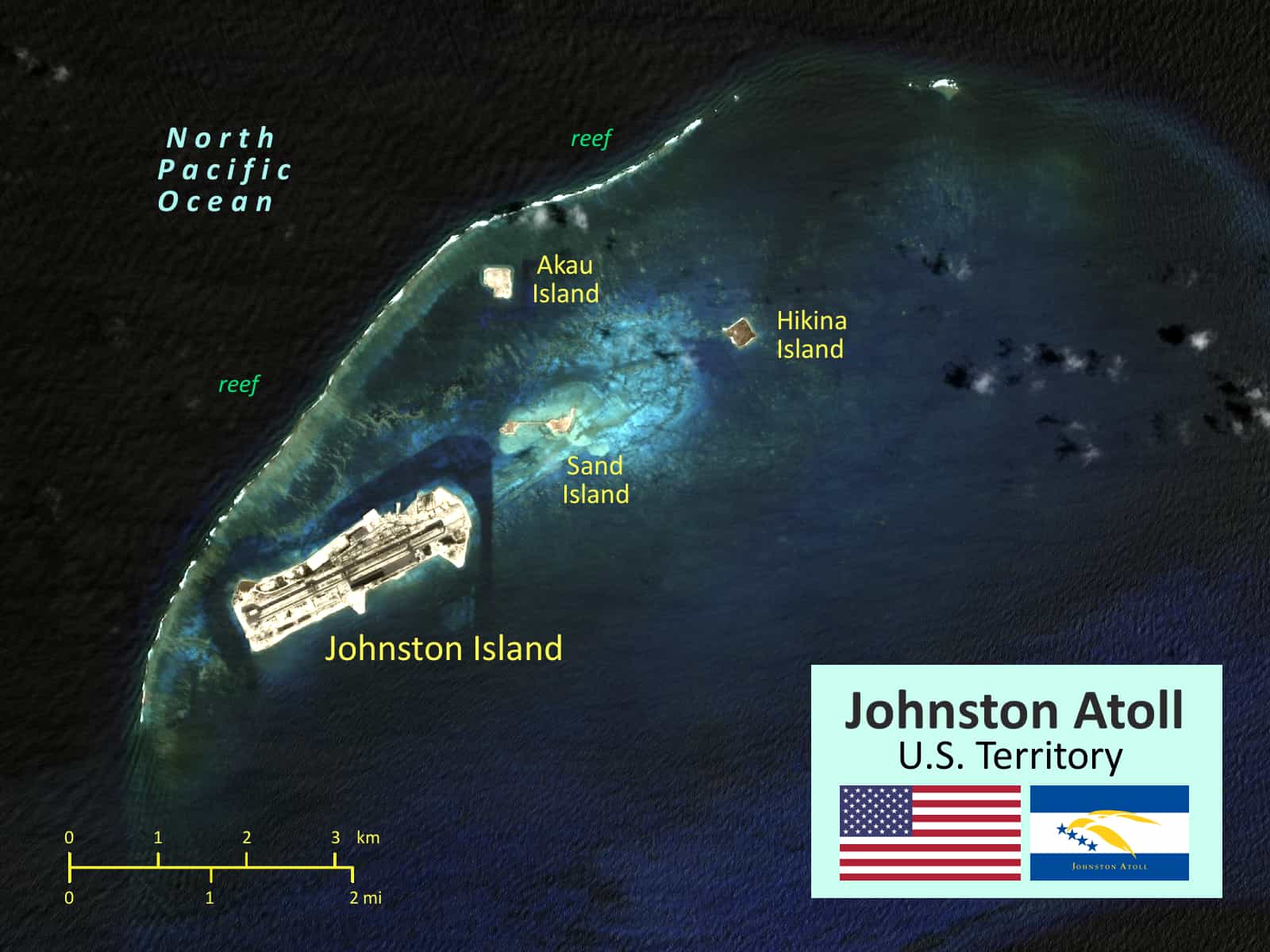
There are a total of four islands right next to each other, most of them enlarged or made from coral dredging.
©National Aeronautics and Space Administration Wikipedia User: Surfsupusa / Public Domain - Original / License
Technically, the Johnston Atoll is for the U.S. Fish and Wildlife Service and is a National Wildlife Refuge. However, it’s closed to the public, and the United States Airforce controls who enters the island. The U.S. Fish and Wildlife Service has a special use permit for the island.
Before becoming a National Wildlife Refuge, the U.S. military used the island for various purposes. Some of the uses include an airbase, a refueling depot, a nuclear testing site, and a storage site for chemical weapons.
Despite all of those uses, the island’s population of seabirds held on. It’s home to a wide range of birds and other wildlife, which is why it’s an island so important to the U.S. Fish and Wildlife Service.
6. Jarvis Island, U.S. Minor Outlying Islands
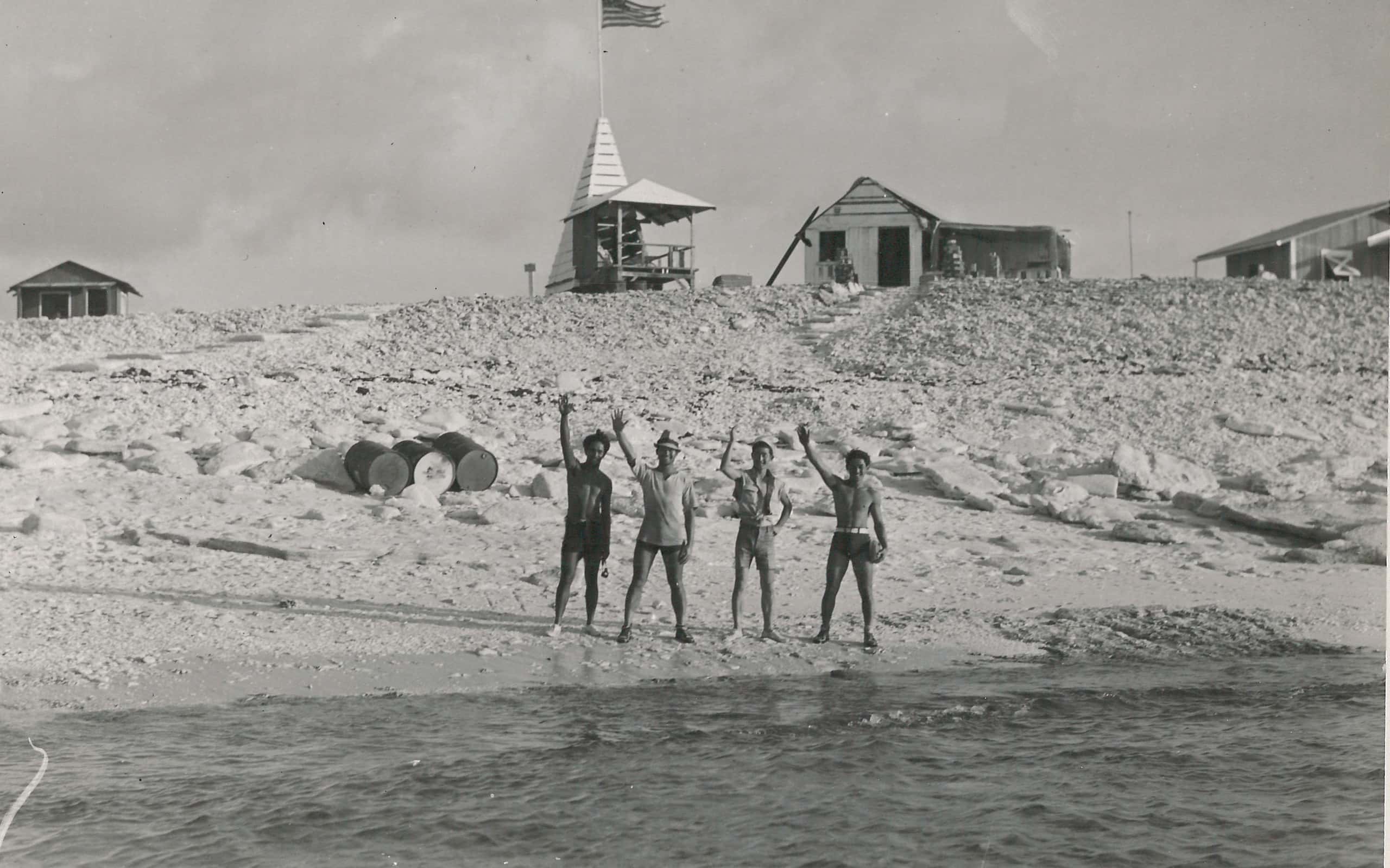
People once lived on this small island, but no longer.
©L.A.B. Pearl Harbor - National Archives, FOIA request / Pubic Domain - Original / License
Jarvis Island also went by the names Bunker Island and Bunker’s Shoal in the past. The island measures just under two square miles in size. You’ll find this island halfway between Hawaii and the Cook Islands. It’s a coral island.
For a while, people lived on this island. A small settlement made the island their home. Unfortunately, in World War II, an attack threatened the settlement. The government evacuated the area and it has remained empty ever since. Some rubble from the buildings remains.
Now, it’s a nature reserve. It’s the largest of three islands that make up the three U.S. equatorial possessions, with Howland and Baker Island below making up the other two. The island was once used to harvest guano, but now it’s a National Wildlife Refuge.
7. Howland Island, U.S. Minor Outlying Islands

Because it’s a National Wildlife Refuge, visitors aren’t allowed on the island.
Howland Island makes up about one square mile of land. However, when it comes to the National Wildlife Refuge, it doesn’t just count the visible land, but 32,074 acres of submerged land as well. This submerged land, along with the fringing reefs creates a maritime hazard so only experienced boaters enter the island.
If you’re wondering why the name sounds a bit familiar, that’s because it is the same island that Amelia Earhart was searching for to complete her trip around the world. They even built airstrips on the land to accommodate her stop. Unfortunately, fighting during World War II damaged the strips and no plans to fix them ever came up.
8. Baker Island, U.S. Minor Outlying Islands
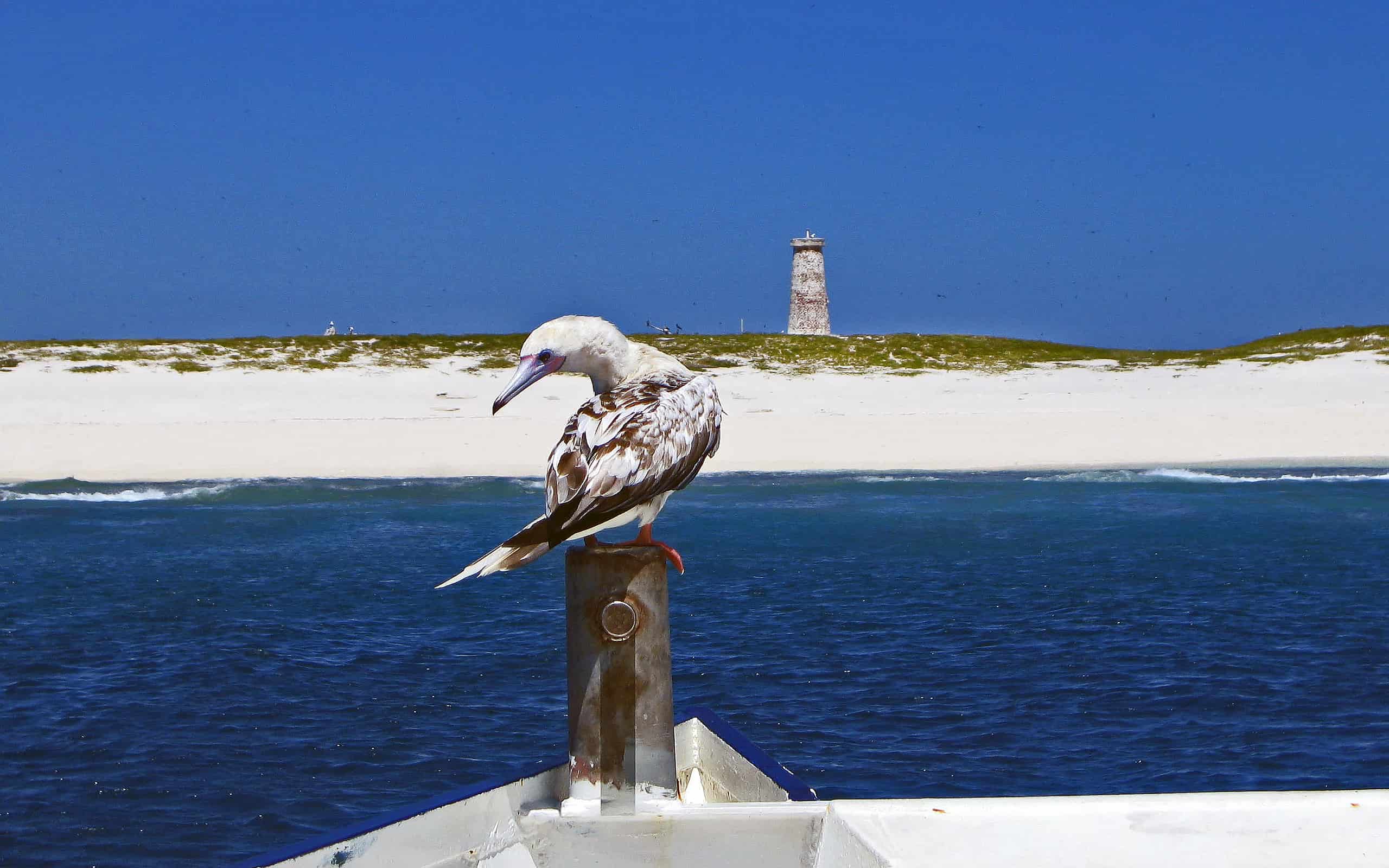
This minor outlying island is uninhabited, though there are signs of previous habitation.
Baker Island is the farthest U.S. territory from North America. It’s located about halfway between Hawaii and Australia. The island is less than one square mile in size. Before the U.S. purchased the island, it had the name New Nantucket.
Technically, the island belonged to the U.S. since 1857, but the United Kingdom didn’t recognize it as U.S. soil until 1936. The island is rather plain, it’s mostly made of sand and the highest point on the island is only 26 feet above sea level.
The main reason the island is currently empty is because it is now the Baker Island National Wildlife Refuge. Every year, members of the U.S. Fish and Wildlife Service visit it, but otherwise, the land is left alone.
However, it wasn’t always empty. There are still signs of human habitation, such as a cemetery and some rubble. There isn’t a point or harbor. People did try to colonize it a few times, but due to the distance to any other land, the environment, the lack of fresh water, and the small size, it wasn’t practical. The military temporarily used the island as an airfield but was abandoned after less than a year.
9. Palmyra Atoll, U.S. Minor Outlying Islands
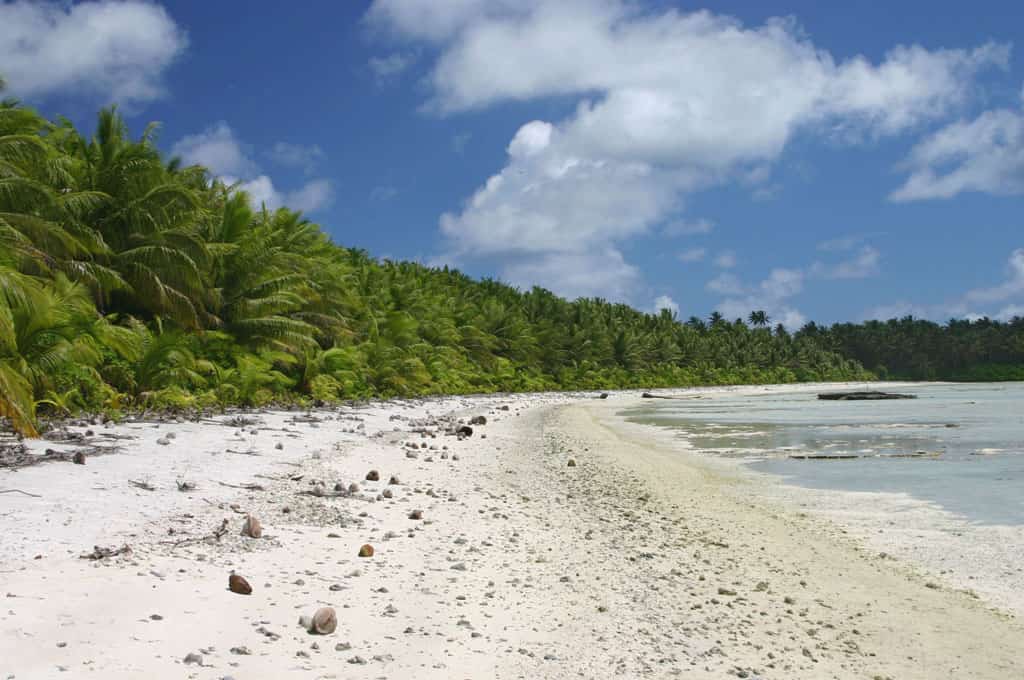
The small island known as Palmyra Atoll isn’t technically uninhabited, but there are no permanent residents.
©en:User:Clarkma5 / copyrighted free use - Original / License
This island is located between Hawaii and American Samoa, though it’s closer to Hawaii. The Palmyra Atoll is almost perfectly centered in the Pacific Ocean. Unlike some of the other islands on this list, this one is fairly reasonable in size, measuring 4.6 square miles.
Though the island is uninhabited, it does have a bit of history. The military used the island for several years during World War II as a Naval Air Station. Though no major battle happened on the island, a submarine shelled it in 1941.
The island has some important habitats and species on the island, including 150 species of coral. That’s twice the number in Hawaii. For this reason, only the U.S. Fish and Wildlife Service visits the island. It’s an incorporated unorganized territory and is the only one of its kind.
At any given time, there are about 4 to 25 staff members on duty, but the population rotates and changes based on the different groups of scholars and scientists sent to the island.
Summary of the Nine Counties in the U.S. That Are Uninhabited
| List Number | County and County-Equivalent Name | Location |
|---|---|---|
| 1 | Rose Atoll | American Samoa |
| 2 | Northern Islands Municipality | Northern Mariana Islands |
| 3 | Navassa Island | U.S. Minor Outlying Islands |
| 4 | Kingman Reef | U.S. Minor Outlying Islands |
| 5 | Johnston Atoll | U.S. Minor Outlying Islands |
| 6 | Jarvis Island | U.S. Minor Outlying Islands |
| 7 | Howland Island | U.S. Minor Outlying Islands |
| 8 | Baker Island | U.S. Minor Outlying Islands |
| 9 | Palmyra Atoll, | U.S. Minor Outlying Islands |
The photo featured at the top of this post is © Maximilien Leblanc/iStock via Getty Images
Thank you for reading! Have some feedback for us? Contact the AZ Animals editorial team.




